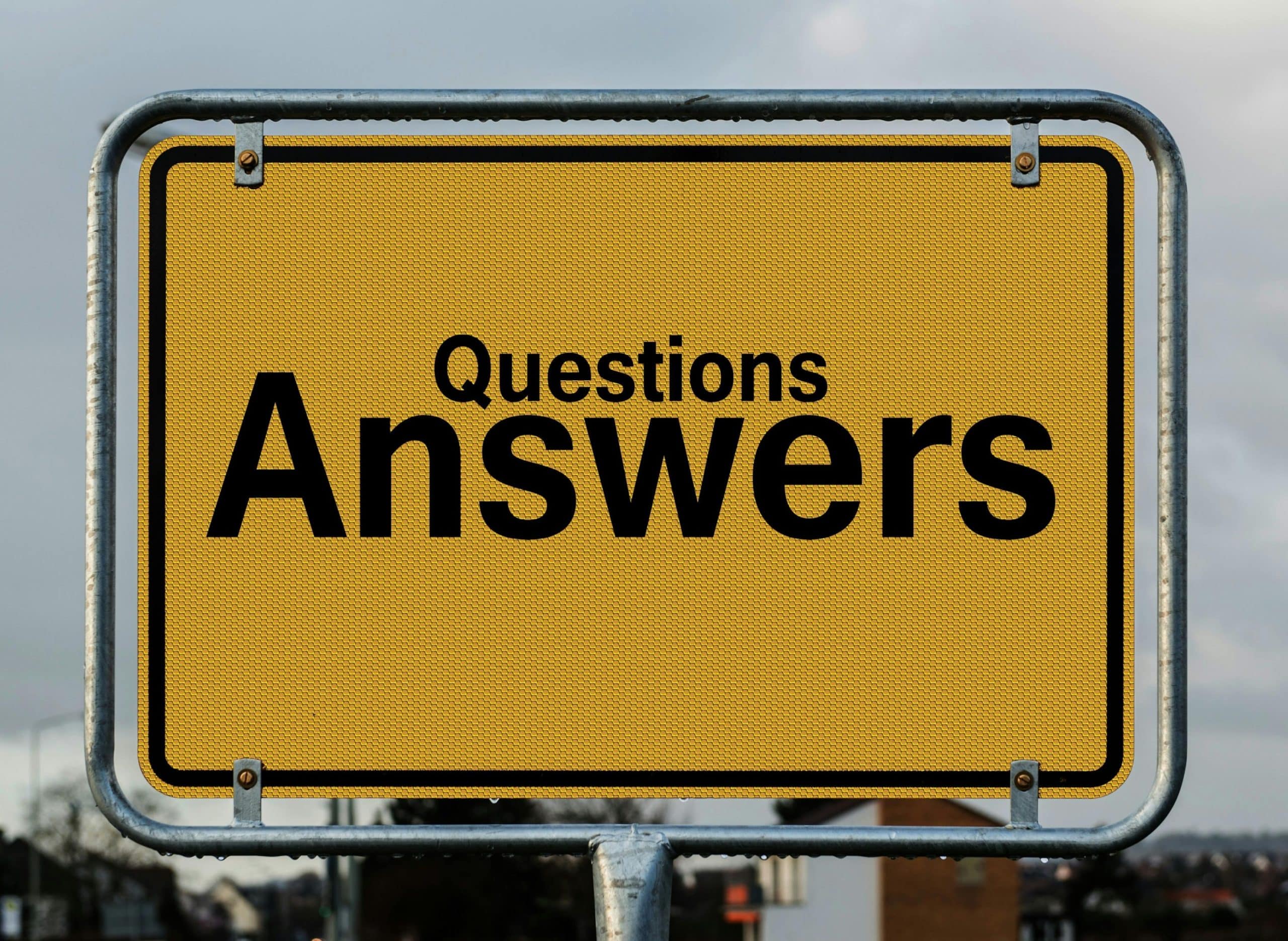
Have you ever watched your favorite show and wondered how courts decide who is at fault in injury cases? That’s a very intriguing question, but finding its answer can be complex. We have victims who require financial compensation and insurance companies that try to avoid their liability.
They try to prove fault, saving them from any financial payments for the damage. Let’s talk more about it for your understanding.
Understanding Who is At Fault in Injury Cases
When an accident happens, determining who is at fault is critical for accident victims seeking justice and compensation. Whether it’s a car accident, a fall accident, or another personal injury case, courts rely on specific legal principles and state laws to establish fault.
Understanding these rules can make a significant difference in a personal injury claim. In some cases, you might even be dealing with a no-fault claim, which can be a completely different scenario.
The Legal Principles of Determining Fault
In personal injury law, determining fault is based on negligence principles. The injured party (plaintiff) bears the burden of proof to establish that another party’s negligence caused their injuries. Courts evaluate the following four key elements to establish negligence:
Duty of Care:
The defendant had a legal responsibility to act as a reasonably prudent person would under similar circumstances.
Defendant Breached Duty:
The defendant’s actions or inactions violated this duty of care.
Proximate Cause:
The defendant’s negligent act was the direct cause of the injuries sustained.
Plaintiff’s Damages:
The injured person suffered actual harm, such as physical injuries or emotional distress.
Legal Rules for Determining Fault
Personal injury attorneys examine legal rules, police reports, witness statements, and medical records to establish fault. Courts also rely on traffic laws in car accident cases to determine if any party’s negligence contributed to the accident. Additionally, accident reconstruction specialists may analyze the accident scene to provide further clarity.
Comparative vs. Contributory Negligence
States apply different legal principles when determining fault. The two primary fault determination doctrines are contributory negligence and comparative negligence.
Contributory Negligence
Under contributory negligence, if an injured party is found even slightly at fault, they cannot recover compensation. This strict legal concept is applied in states such as:
- Alabama: Alabama follows the contributory negligence rule, meaning that if the plaintiff is found to have contributed in any way to the accident, they are barred from recovering damages (Ala. Code § 6-5-521).
- Maryland: Under Maryland law, even 1% fault on the part of the plaintiff prevents them from receiving compensation (Md. Code, Cts. & Jud. Proc. § 3-804).
- North Carolina: North Carolina maintains a strict contributory negligence standard (N.C. Gen. Stat. § 1-139).
- Virginia: Virginia follows this doctrine, which completely bars recovery if the plaintiff shares any fault (Va. Code Ann. § 8.01-58).

Comparative Negligence
Most states follow the comparative negligence rule, which allows accident victims to recover damages even if they share some fault. There are two types:
- Pure Comparative Negligence: An injured party can recover damages reduced by their percentage of fault. States following this rule include:
- California: Established through Li v. Yellow Cab Co., California follows pure comparative negligence, meaning plaintiffs can recover damages regardless of their percentage of fault (Cal. Civ. Code § 1714).
- Florida: Florida law follows the pure comparative negligence rule (Fla. Stat. § 768.81).
- New York: New York applies this doctrine, ensuring plaintiffs can still recover compensation even if they are mostly at fault (N.Y. C.P.L.R. § 1411).
- Modified Comparative Negligence: Plaintiffs can recover damages only if their fault does not reach a certain threshold, typically 50% or 51%. For example:
- Georgia: Georgia applies a 50% bar rule (Ga. Code § 51-12-33).
- Texas: A plaintiff in Texas cannot recover damages if they are more than 50% at fault (Tex. Civ. Prac. & Rem. Code § 33.001).
- Colorado: Colorado allows recovery only if the plaintiff is less than 50% at fault (Colo. Rev. Stat. § 13-21-111).
Establishing Fault in Car Accidents and Fall Accidents
Car Accidents
Courts determine fault based on traffic laws, police reports, and the actions of the insured driver. For example:
- If an insured driver ran a red light and collided with another vehicle, they are likely at fault based on state traffic laws.
- In a case involving distracted driving, evidence such as cell phone records and surveillance footage may help prove negligence.
Fall Accidents
In premises liability cases, the property owner may be legally liable if they failed to maintain safe conditions. Examples include:
- A grocery store that neglects to clean up a spill, causing a customer to slip and suffer injuries.
- A landlord failing to repair broken stairs, leading to a tenant’s fall.
Legal Liability and Responsible Parties
When determining fault based on legal responsibility, courts assess whether the defendant failed to act as a prudent person would under similar circumstances.

Defendant’s Actions
If a defendant breached a duty of care by acting negligently, they could be held accountable. Courts examine the defendant’s actions leading up to the accident, assessing whether they violated any traffic laws, safety regulations, or general standards of care.
Evidence such as video footage, witness testimony, and expert reports may be used to demonstrate that the defendant’s negligent act directly led to the injuries sustained by the plaintiff.
Other Party’s Role
If multiple individuals were involved, courts assess each party’s negligence in causing the accident. For example, in a motor vehicle accident, if both drivers were speeding, the court may allocate fault to both parties.
In slip-and-fall cases, the property owner and a negligent third party (such as a contractor) could both share legal liability.
Own Fault
Courts also examine if the injured person contributed to the accident, which may affect their ability to recover damages. For instance, in pedestrian accidents, if a pedestrian crossed the street outside of a designated crosswalk and was hit by a car, the court might find the pedestrian partially at fault.
This allocation of responsibility can significantly impact the plaintiff’s ability to recover compensation, especially in states that follow modified comparative negligence rules.

How Personal Injury Attorneys Help Accident Victims
An experienced personal injury lawyer provides legal guidance to injured persons, helping them prove negligence and navigate settlement negotiations. Law firms conduct case evaluations, analyze medical records, and gather evidence to support claims.
If you or a loved one has been injured due to someone else’s negligence, you deserve to recover compensation for medical bills, lost wages, and emotional distress.
Conclusion
Courts rely on legal rules, witness statements, accident reconstruction specialists, and other factors to determine fault in personal injury cases. The answer to how courts decide who is at fault in injury cases varies.
It doesn’t matter if it’s through comparative negligence or contributory negligence doctrines, courts ensure that responsible parties are held accountable.
Seeking assistance from an experienced lawyer at Bourasa Law Group can help accident victims recover fair settlements for their injuries.
For expert legal advice and representation, contact Bourassa Law Group today and take the first step toward justice and financial recovery.





